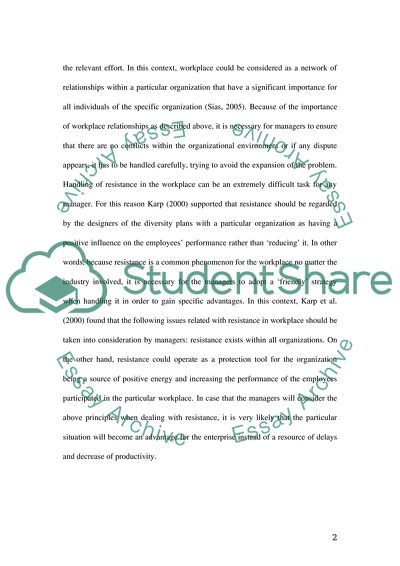Cite this document
(Forms of Workplace Resistance Working for Managers Essay, n.d.)
Forms of Workplace Resistance Working for Managers Essay. https://studentshare.org/human-resources/1707124-module-sociology-of-work-and-employment
Forms of Workplace Resistance Working for Managers Essay. https://studentshare.org/human-resources/1707124-module-sociology-of-work-and-employment
(Forms of Workplace Resistance Working for Managers Essay)
Forms of Workplace Resistance Working for Managers Essay. https://studentshare.org/human-resources/1707124-module-sociology-of-work-and-employment.
Forms of Workplace Resistance Working for Managers Essay. https://studentshare.org/human-resources/1707124-module-sociology-of-work-and-employment.
“Forms of Workplace Resistance Working for Managers Essay”. https://studentshare.org/human-resources/1707124-module-sociology-of-work-and-employment.


